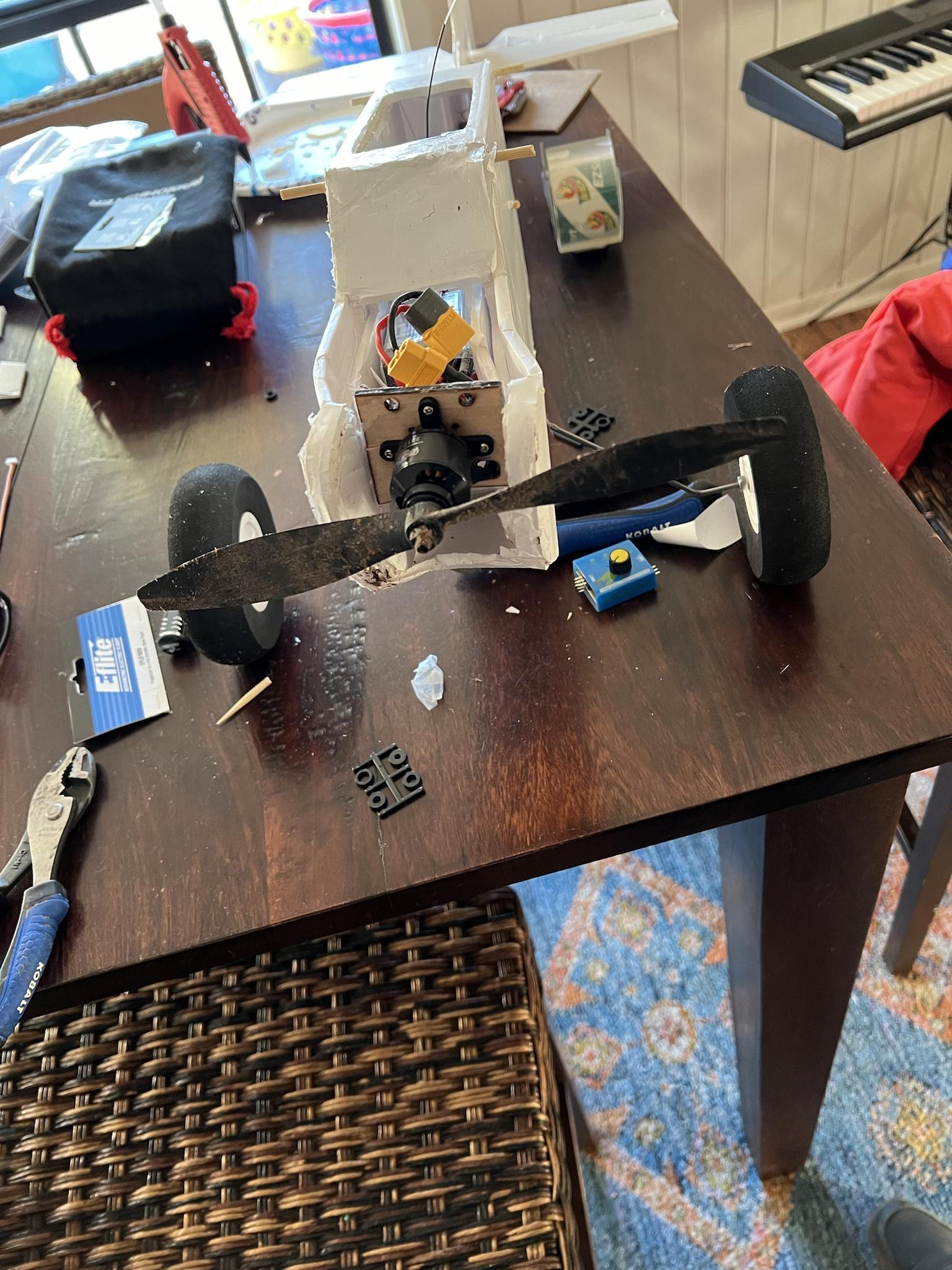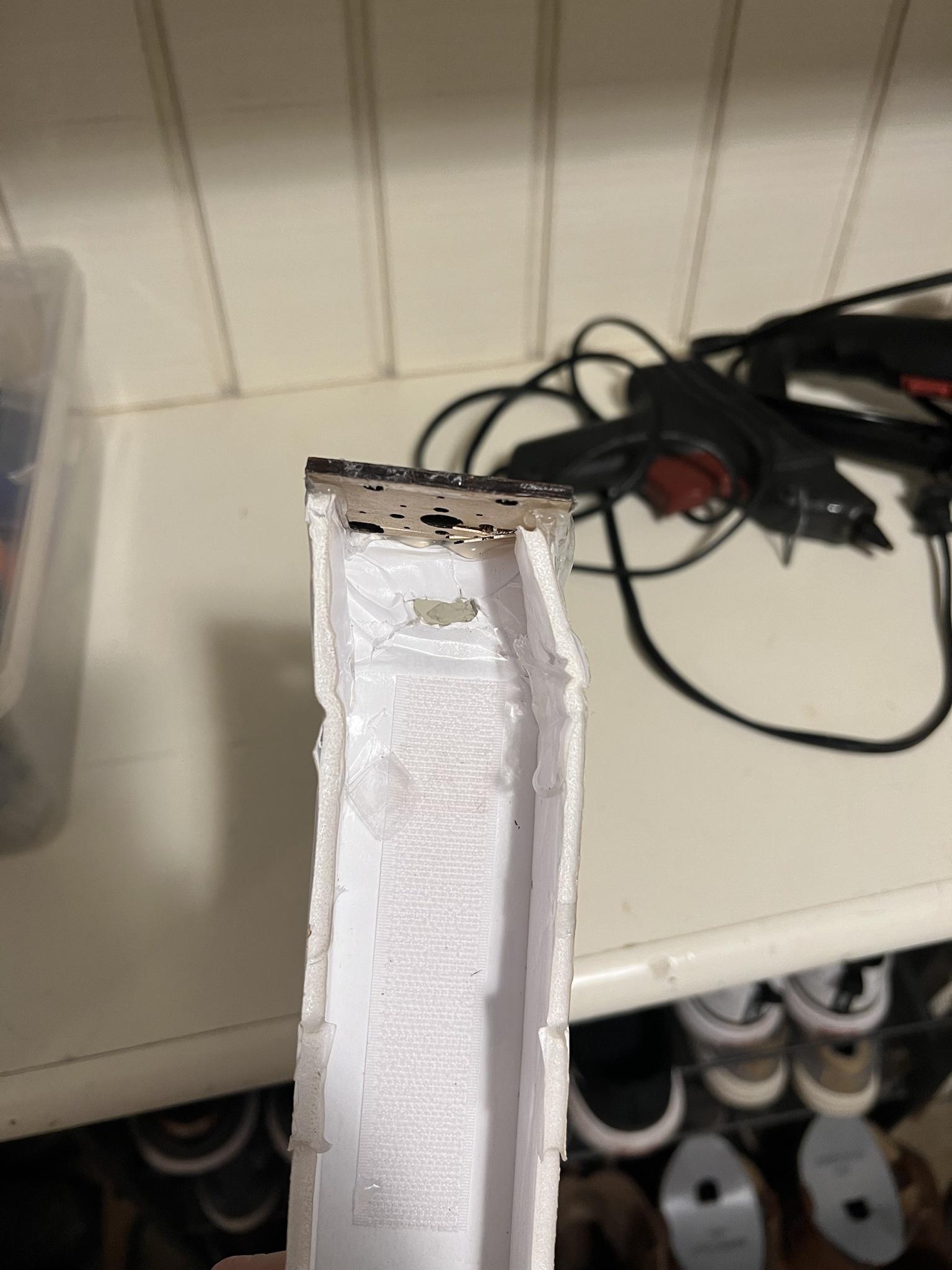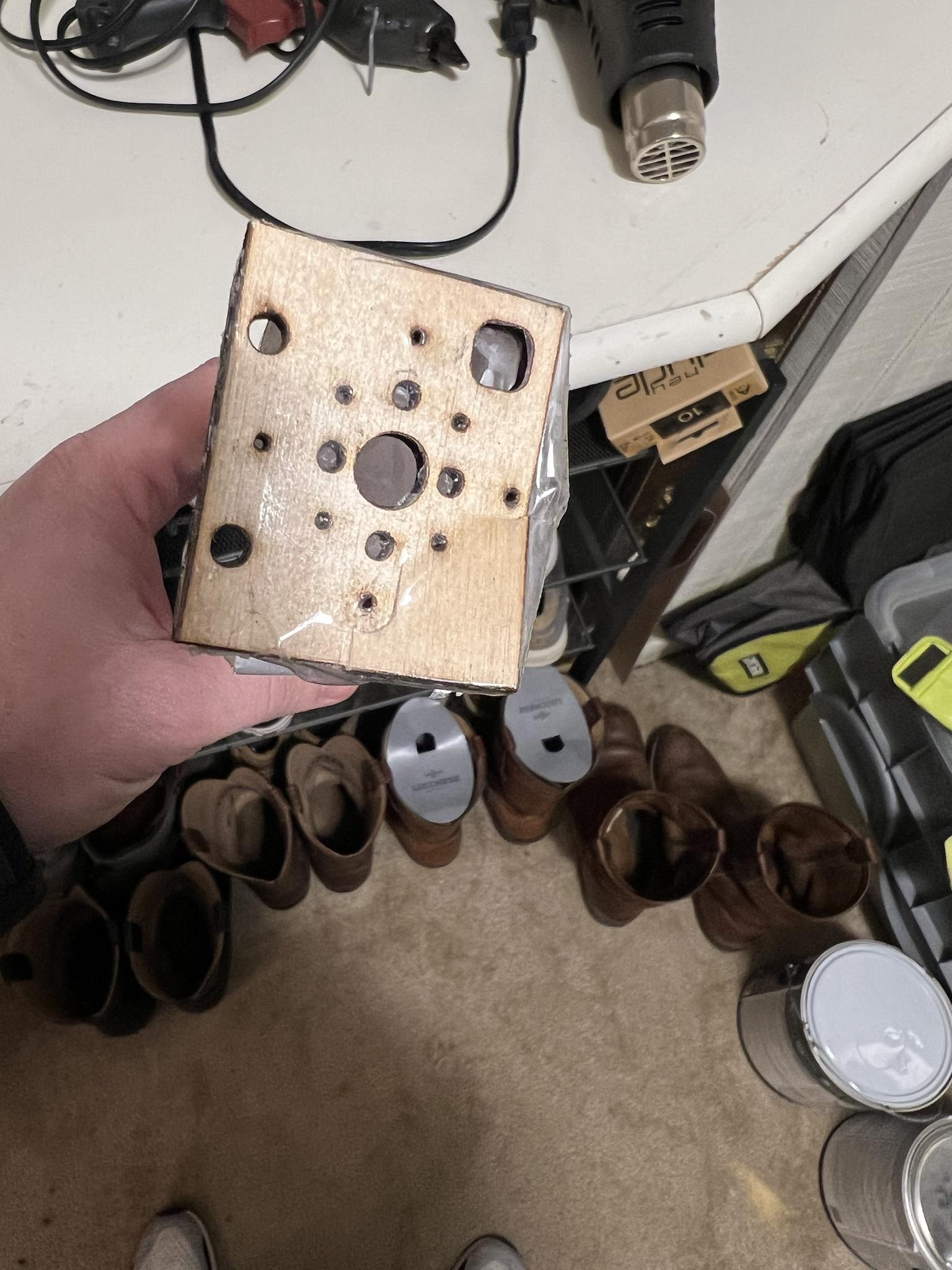Well, I finally finished the build of my Tutor bundle. flew twice, crashed twice. total flight time. under 10 seconds. both times, the plane took off then about 10 feet up, went hard left and then nosed down. broke both propellers that came with the kit, the skewer that holds the wing on ripped 80% through the front canopy. i had the CG nose heavy, what i thought was slightly.. had 3 channels, confirmed they worked. any thoughts?
also, i will try to post a video of the deflection of the elevator rod. it seems excessive.. note, I put the elevator on upside down with the relief cut facing up vs. down.. it seems to cycle.. but has trouble with the up elevation due to the deflection.. Since I need to repair/rebuild I plan to fix this.. just wondering.
this is my first RC plane so i have no idea how to set things up, nor do i know the lingo that i see in other posts.. about trim and such..
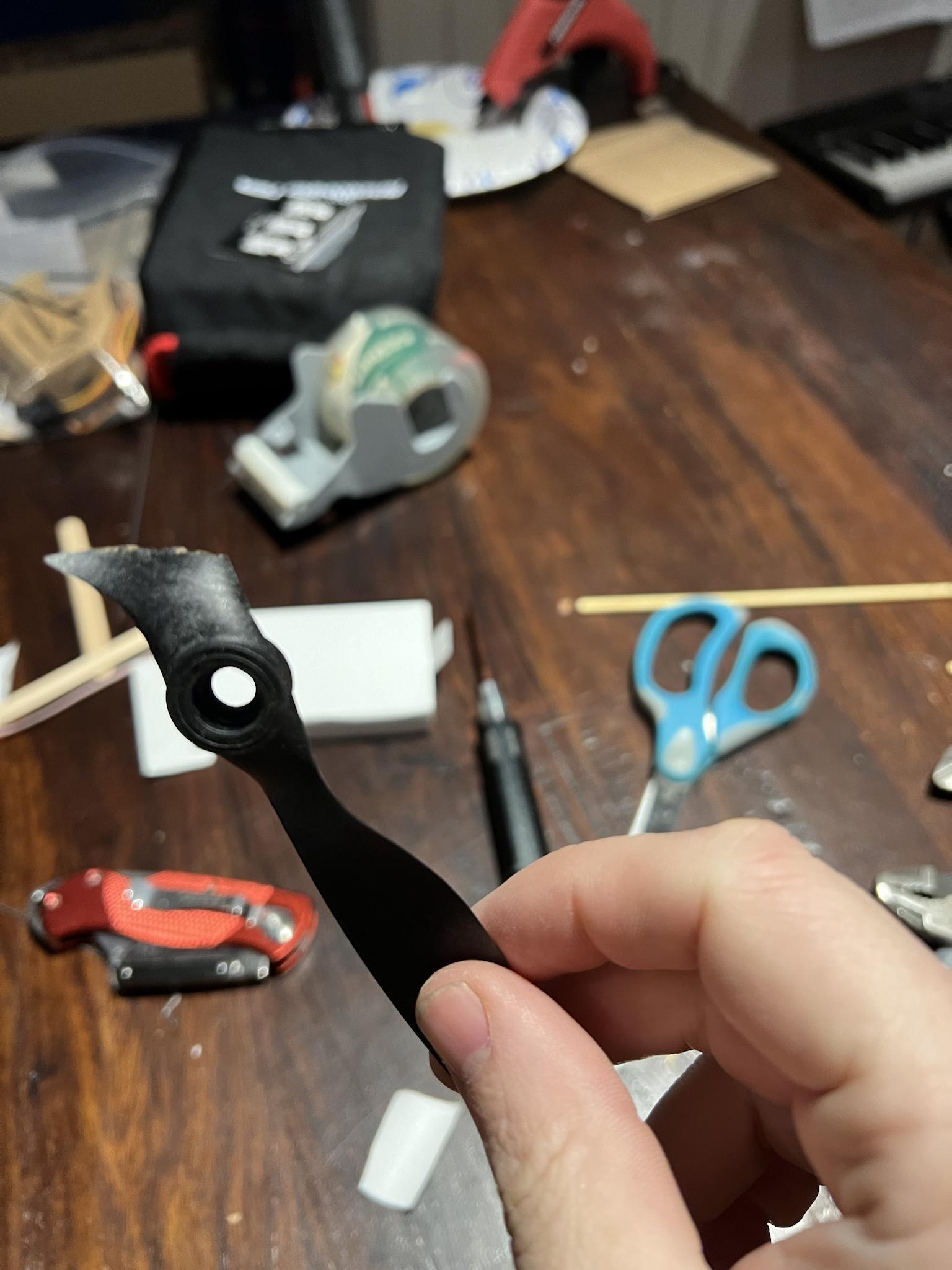
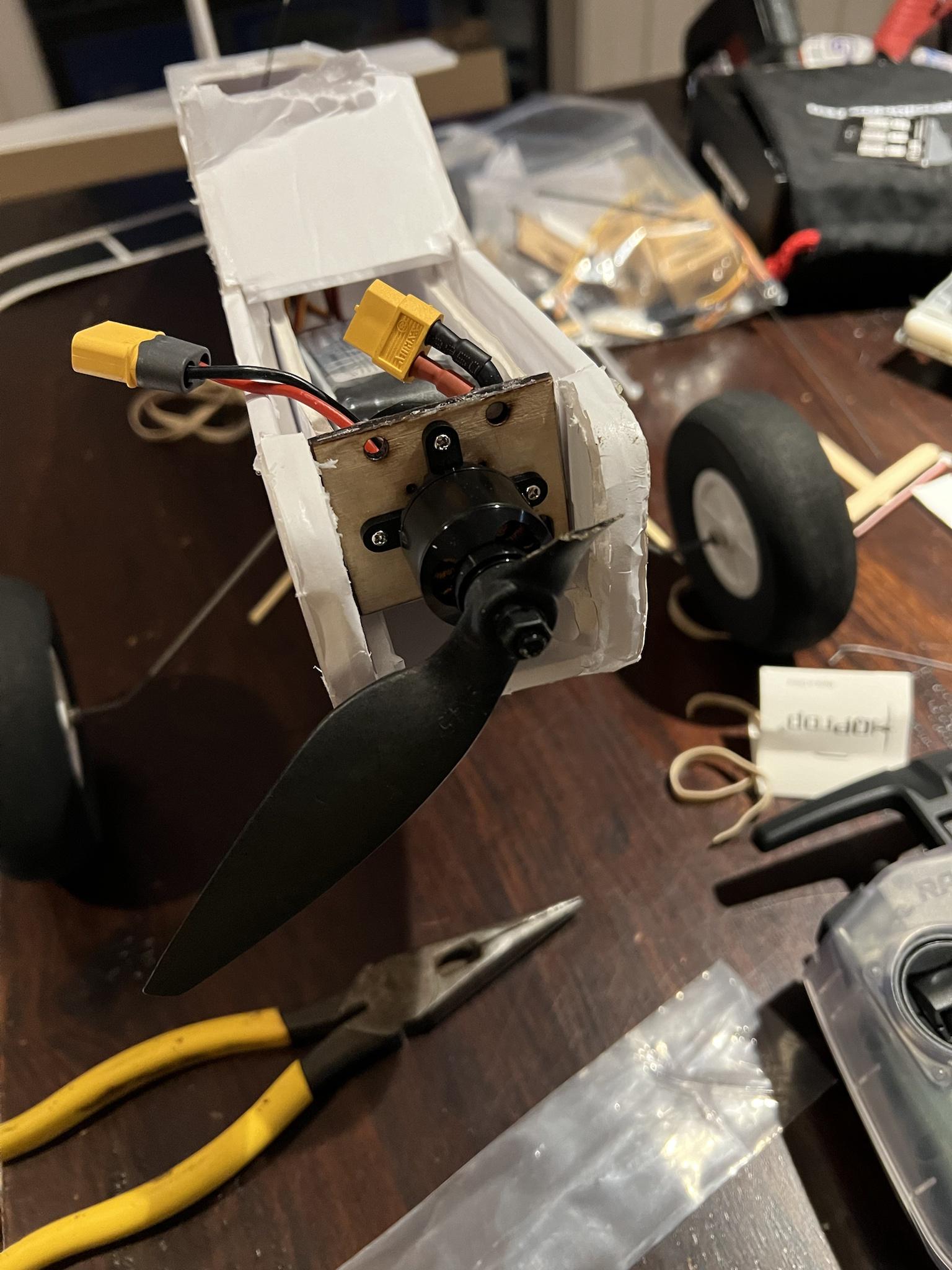
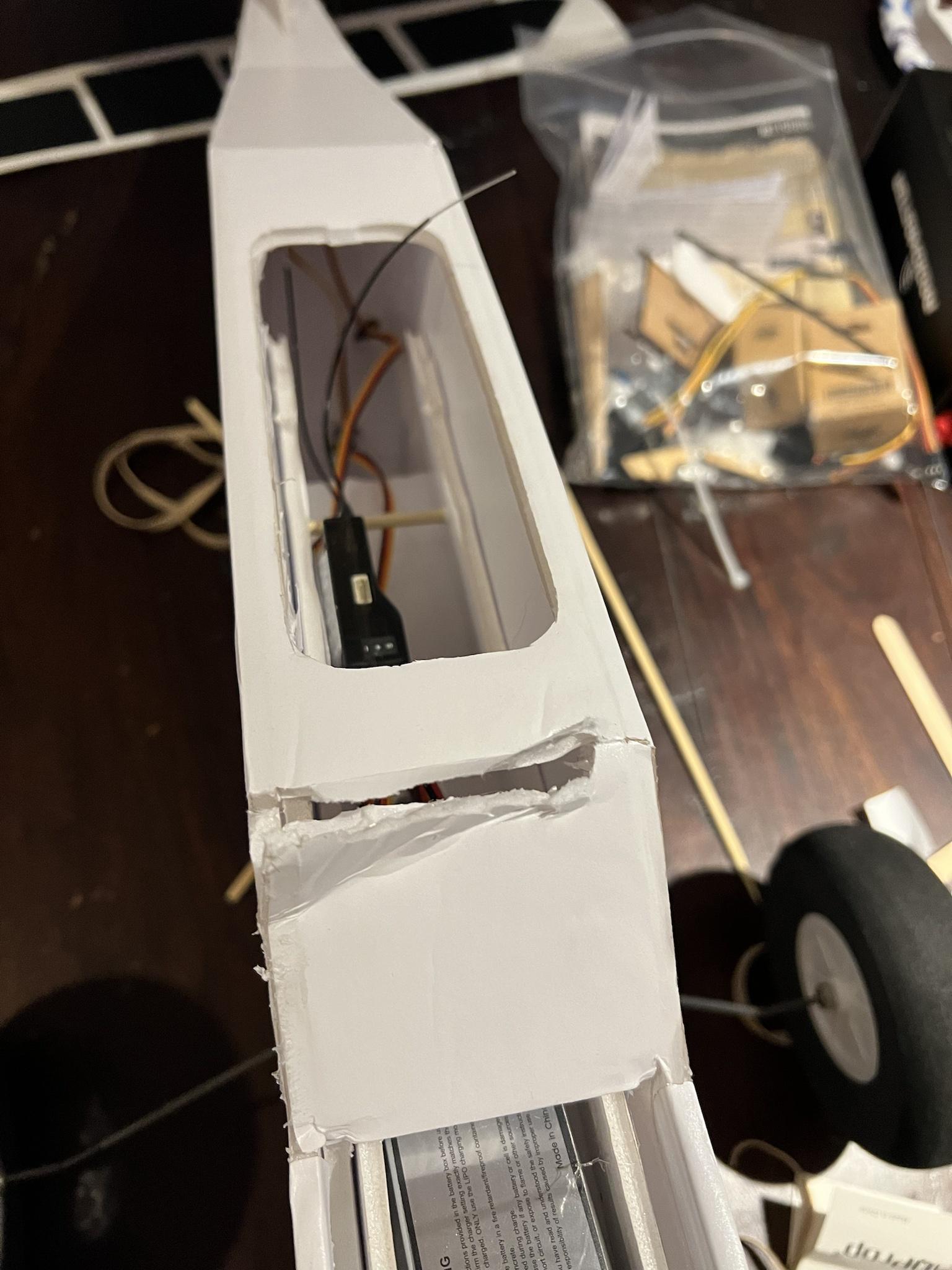
attempt of video of deflection
also, i will try to post a video of the deflection of the elevator rod. it seems excessive.. note, I put the elevator on upside down with the relief cut facing up vs. down.. it seems to cycle.. but has trouble with the up elevation due to the deflection.. Since I need to repair/rebuild I plan to fix this.. just wondering.
this is my first RC plane so i have no idea how to set things up, nor do i know the lingo that i see in other posts.. about trim and such..



attempt of video of deflection


